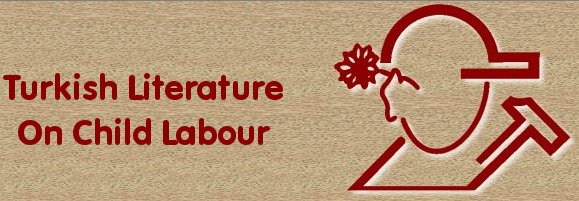Sevinç, E., Kösecik, M., Koçyiğit, A., Soran, M., Baz, T., Ertaş, T., Karazeybek, H.A. (2004); ‘‘The Blood Lead Level and The Effect of lead on Hematological Parameters in Auto Industry Apprentices in Şanlıurfa’’, Journal of Harran University Faculty of Medicine, Vol.1, No.4.
Sevinç, E., Kösecik, M., Koçyiğit, A., Soran, M., Baz, T., Ertaş, T., Karazeybek, H.A. (2004); ‘‘The Blood Lead Level and The Effect of lead on Hematological Parameters in Auto Industry Apprentices in Şanlıurfa’’, Journal of Harran University Faculty of Medicine, Vol.1, No.4.
Number of Works Cited: 22
Scope:
The level of lead in human blood rises as a consequence of industrialization process. Low level of exposure for long time periods which results to asymptomatic lead poisoning causes behavioral abnormalities, difficulty of perception and failure in school that can be classified as non-specific symptoms. The purpose of the study is to determine the effects of lead exposure on hematological parametres of apprentices who work in occupations where lead exposure is frequent.
An Excerpt from the Article:
As a result lead poisoning is an important environmental health problem in our region and in our country among young children. The most sensitive group are children and workers who are exposed to lead because of their occupation. Keeping them from environments polluted with lead, washing hands and acquiring a diet rich in calcium, ferrum and protein is the best way of protection from lead. Asymptomatic lead poisoning risk is high among all children in Şanlıurfa. As precaution, the sources known as a cause of lead poisoning should be detected, some limitations to production and usage of lead should be applied, unleaded petrol should be used more widely, the whole society, especially who work in the fields in which tehere is an intensive contact with lead, should be informed of the sources, damages, protection ways from lead poisoning, and finally, scan programs should be started (p.37).
Some Keywords:
Asymptomatic lead poisoning, auto industry, child workers
